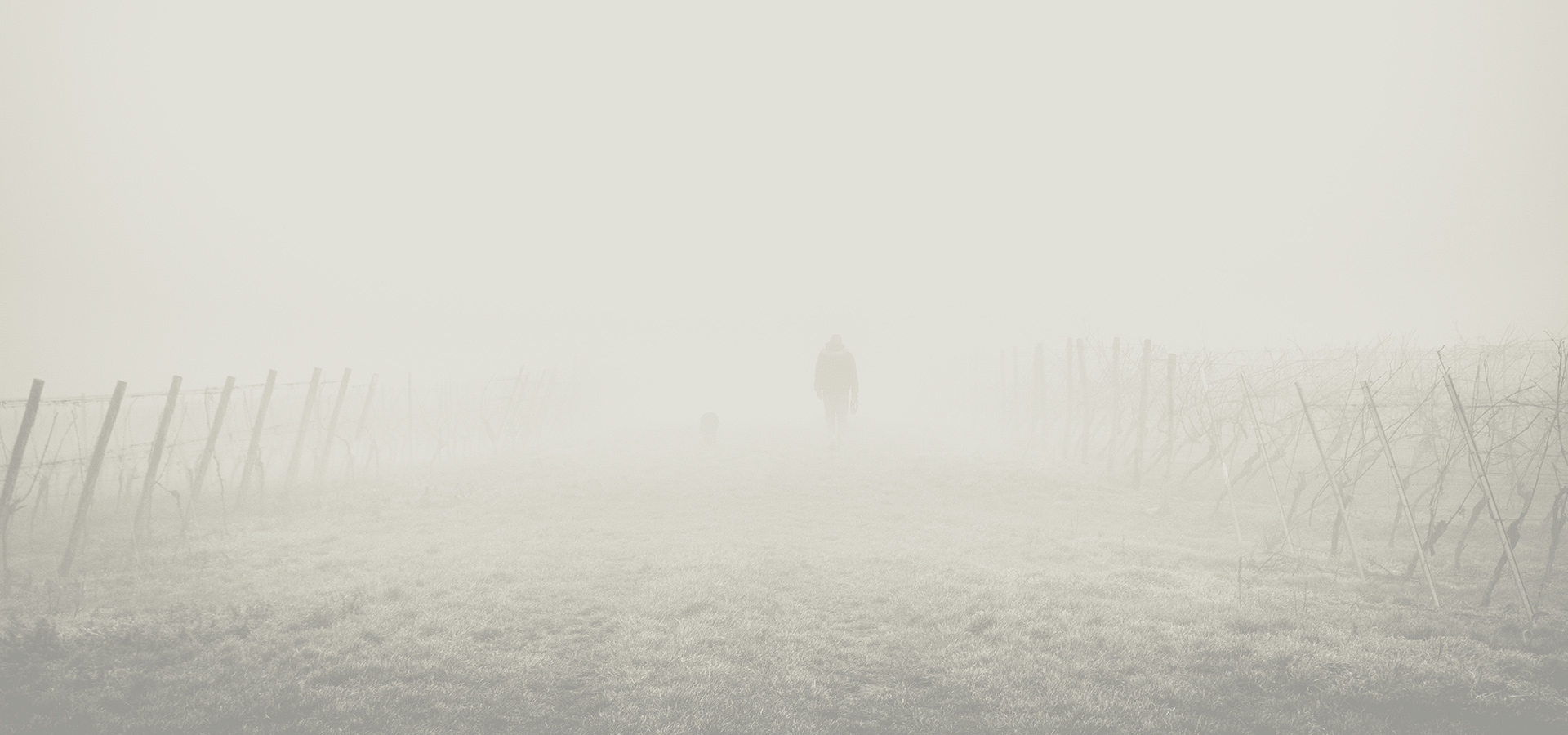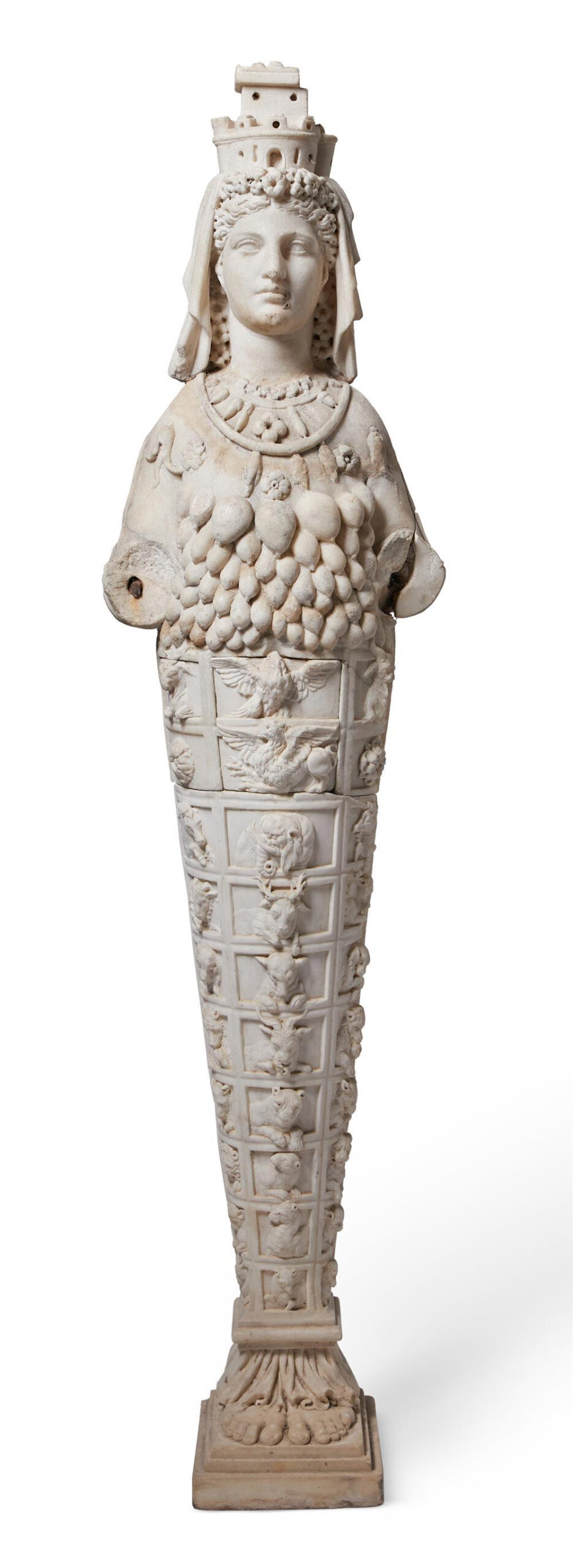Lorem ipsum dolor sit amet, consectetur adipiscing elit. Morbi eu nulla vehicula, sagittis tortor id, fermentum nunc. Donec gravida mi a condimentum rutrum. Praesent aliquet pellentesque nisi.


AFTER THE ANTIQUE, A CARVED MARBLE GRAND TOUR FIGURE OF THE EPHESIAN ARTEMIS
Depicting Artemis (or Diana) as a deity of nature, protection and of fertility, wearing a mural crown emblematic of her city protection, with multitude of breasts or egg shaped nodules, an enveloping tight sheath skirt with panels of heads of animals, plinth base 118cm high All cities worship Artemis of Ephesus, and all individuals hold her in honour Pausanias Guide to Greece, 2nd Century A.D.The Temple of Artemis was a Greek temple dedicated to an ancient, local form of the goddess Artemis located in Ephesus near the modern town of Selçuk in present day Turkey. The worship was centred around the Goddess Artemis- not as the virgin huntress but rather as a goddess of fecundity and protection akin to the Phrygian goddess Cybele. By around 150 B.C., coins of the period show a figure much like this example. Most characteristic are the rows of gourd egg like objects around her upper midriff. Sometimes thought of as breasts (where the figure is then referred to as Polymastros), scholars have posited that they are instead gourds or pouches called kurša – others have suggested bees’ eggs, dates and bull testes. The finest examples of mostly Roman statues of this are found in the Ephesus Archaeological Museum in Selçuk titled ‘Artemis the Beautiful’ and ‘Artemis the Colossal’.Stylistically this example, with the distinctive exaggerated building above a plain swept veil, natural curled hair, suggests a later derivation- perhaps from the 18th century and 19th century prints produced depicting what was then referred to as Diana of Ephesus (see for example Le Magasin pittoresque, book 26, publ. Paris 1833). Examples produced by Righetti and others at this period tend to depict her more in the traditional fashion with disc like headpiece and a Polos crown. Another comparison should be made with the plaster cast version in The Sir John Soane’s Museum (Museum number: SC51) as described by Soane in his 1835 Description of the house and museum on the north side of Lincoln’s Inn Fields, the residence of Sir John Soane;’A few steps up the staircase leading to the Attic story, in a niche, is a bust …. and in the niche above is a plaster Cast of the Ephesian Diana or Prolific Nature, presented to me by Messrs. Rundell & Co.’ In the Curatorial Notes for the Soane example- it is commented that: It is fascinating that the original letter sent to
Soane with the statue refers to its being a cast from a Greek marble formerly in the possession of Rundell and Bridge because in fact this figure has rather a ‘Regency’ look and former Director, Tim Knox, has speculated that it might in fact be an early 19th century sculptor’s version of the Ephesian Diana rather than a cast after the antique. As with this example from The Kime Collection, both share a softened more idealised presentation of the form with a face that is more suggestive of a Regency approach to Classical beauty.